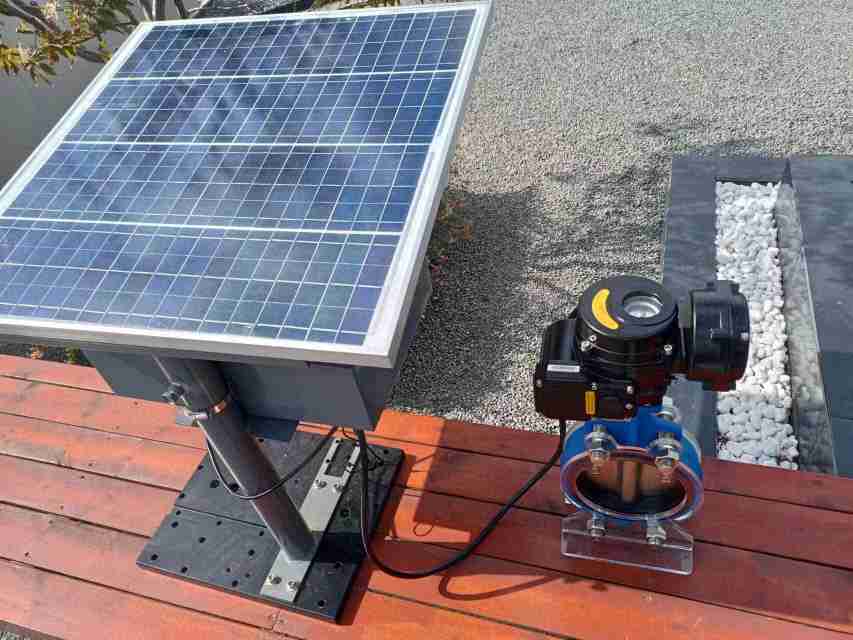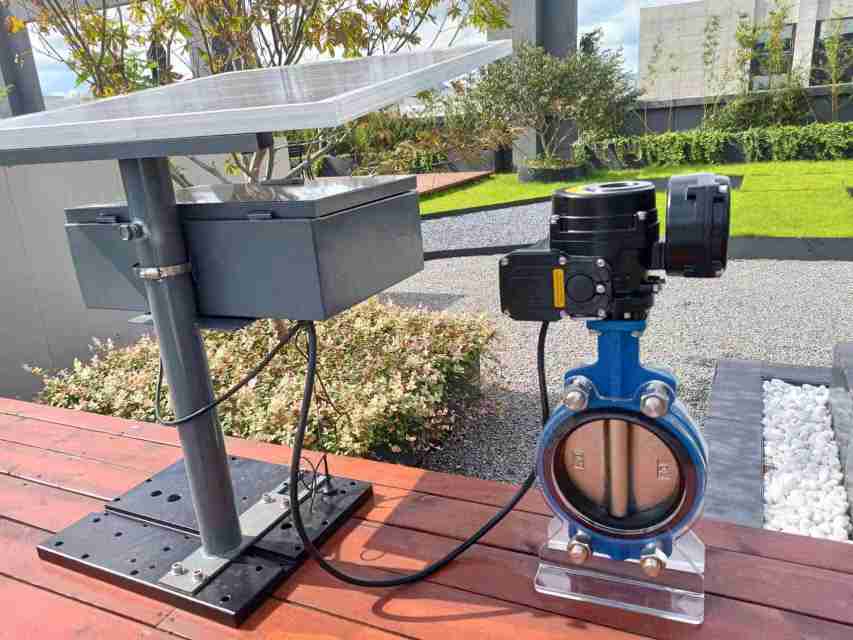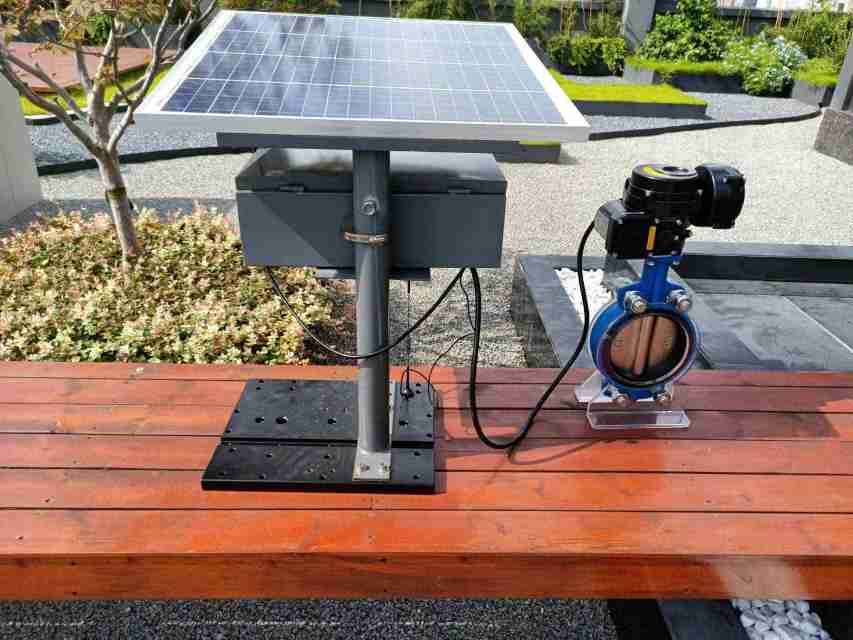The integration of renewable energy systems into everyday applications has significantly reshaped industries and the way we approach power generation. One such innovative technology is the photovoltaic electric valve, a device that combines the efficiency of photovoltaic systems with the functionality of electric valves. As the world seeks sustainable solutions for energy management, this technology represents an exciting step toward optimizing power flow control in various sectors.

Understanding Photovoltaic Electric Valves

At its core, a photovoltaic electric valve (PEV) is a smart valve powered by solar energy, which integrates photovoltaic (PV) cells with an electric valve mechanism. These valves are designed to control the flow of liquids or gases in various systems, including water distribution networks, industrial applications, and even renewable energy plants. The photovoltaic cells embedded in the valve structure convert sunlight into electricity, which powers the electric actuator inside the valve, allowing it to open or close as needed. What sets photovoltaic electric valves apart from traditional electric valves is their ability to operate autonomously without the need for external electrical power sources. This independence from the grid makes them highly valuable in off-grid applications, remote areas, and energy-efficient systems. The valves are not only efficient but also eco-friendly, as they harness solar energy to perform essential tasks, further contributing to the reduction of carbon footprints.
